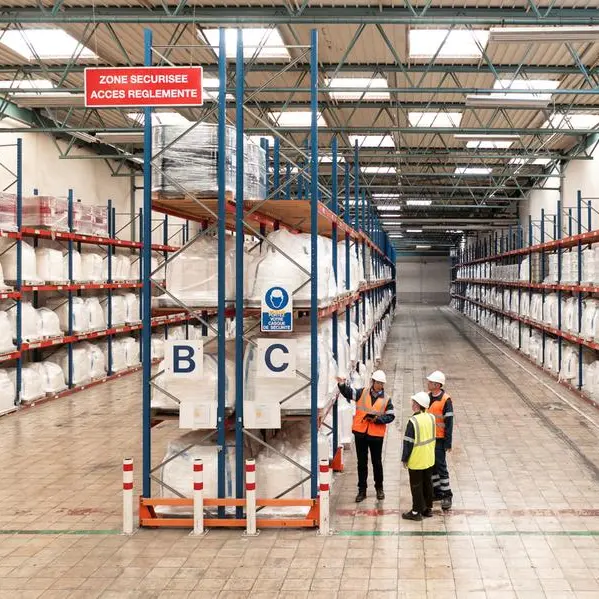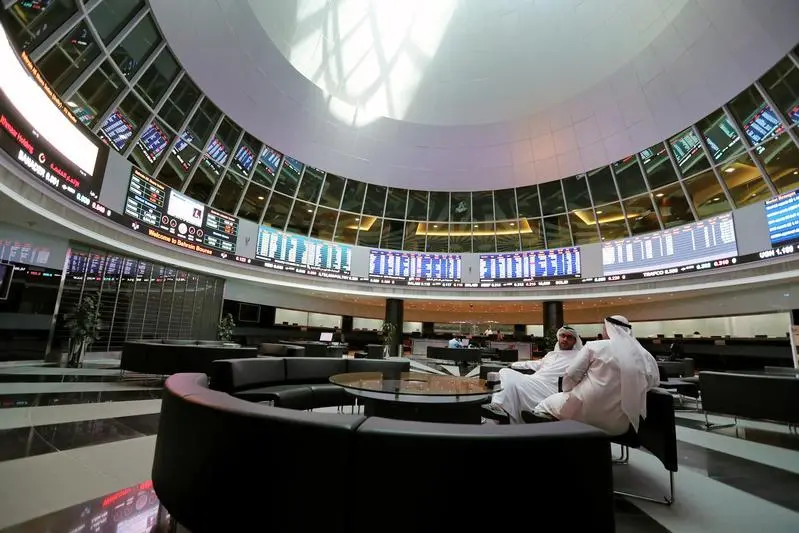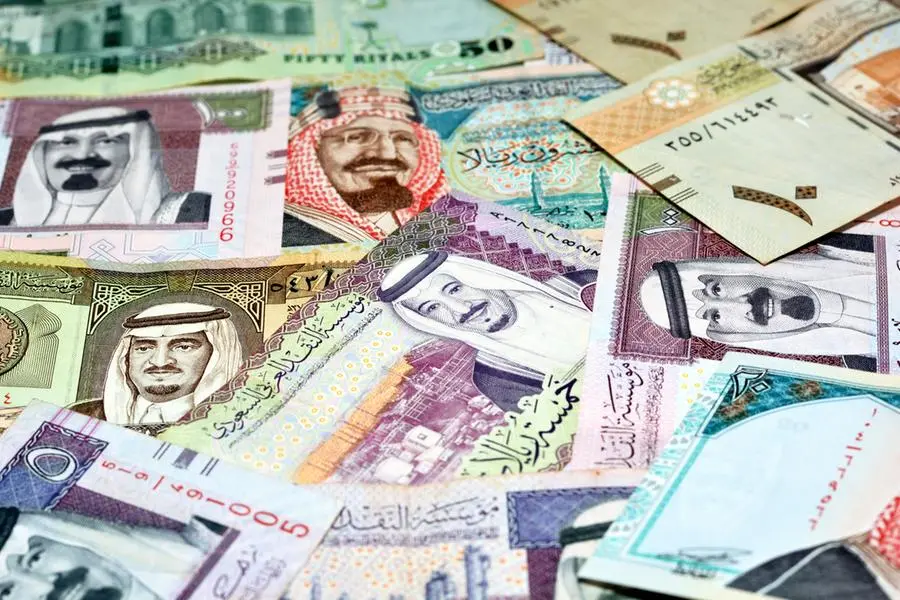PHOTO
Stock market financial growth chart on dark background.
The start of 2022 has been difficult for financial markets, with an unusual unanimity among both defensive and cyclical assets. Looking at year-to-date returns, global stocks are down 12 percent on average, while high quality bonds are no shelter, with government bonds and investment grade credit at -11 percent. Apart from gold, up 4 percent with a resurrected geopolitical premium, no major asset class is in the green. There were no diversification benefits and nowhere to hide, as even the largest cryptocurrencies printed double digit depreciations.
Such an unanimity comes from a change in the backdrop. 2022 should see slower growth, higher inflation, and, crucially for markets, an accelerated tightening from western central banks.
Starting with growth, the IMF just downgraded their projections for 2022: the global economy is expected to slow down to +3.6 percent after +6.1 percent last year. It affects all regions, but especially Europe and emerging economies. This sounds alarming, even if the IMF has never been known for their optimism. However, +3.6 percent is not exactly a nightmare pre-Covid, global growth for 2019 was +2.9 percent.
The key concern for markets is elsewhere: multi-decade high inflation numbers, exacerbated by the conflict in Ukraine, prompting a massive response by central banks. It’s also good to take a step-back there: the starting point of monetary policy is an unprecedented largesse. Almost a quarter of the entire stock of US money (M2) was printed in the last 2 years, and policy rates are at, below, or close to zero in all developed economies. Even without inflation, a normalization was fully justified. With inflation, it’s going to be fast and furious, with rapid hikes and accelerated balance-sheet runoffs. One could wonder to what extent the monetary policy in Washington or London can help solve the conflict in Ukraine or restart factories in China, but it unquestionably affects markets valuations with higher interest rates and lower equity multiples.
Now let me share our views. Growth is slower, but resilient. With Covid under control everywhere except in China, the reopening dynamic is not broken. With buoyant employment and sound financial situation in the private sector, we believe that consumers can stomach inflation, especially as it should materially moderate in the coming quarters. Coming to investments, as always, it’s not just about what happens, but also about what is priced-in. To that extent, valuations have become much more reasonable: the US 10-year yield approaches 3 percent which is not far from where we think it should be. It means that US Treasuries in particular have morphed from a “return-free risk” to a more normal situation where they should reconstitute their ability to protect and diversify a portfolio.
With regards to stocks, we see them as fairly priced in developed markets, with a potential to recover part of their losses in the coming months. This is not exciting, but it is not a bad starting point for the long-run.
Valuations are outright attractive in emerging markets, however there is no catalyst in sight to unlock this value. Some recovery in DM is probably a precondition, and current risks, from Covid and regulation in China to the commodity disruptions and including of course critical geopolitical tensions, justify the current discount.
Alternative investments may be in a better place: hedge funds should benefit from the current market dislocations, gold is in favor again, and demand for real estate remains robust. Finally, it’s good to keep in mind that the normalization of interest rates means that cash will provide some risk-free return again.
The combination of geopolitical instability with central bank’s radical shift only warrants extreme volatility in the near-term, especially as valuations are fair, not outright attractive. Interest rates may overshoot and after all, US stocks are only -12 percent below their all-time highs – it’s not a major correction. Instability has been and still is our call for the entire year (“Low Visibility Ahead” is the title of our 2022 investment outlook). Investors should be reactive rather than proactive on a tactical horizon, and we are actually close to our long-term strategic positioning. However, for the long-run, this is not a bad starting point: securing yields from safe issuers could be a blessing for the years to come, while stocks from emerging markets should deliver superior returns once their current headwinds are solved. We do not believe they are “uninvestable”.
Globalization may be shrinking, but the increasing bipolarization of the world will certainly generate interesting opportunities, especially within strong domestic economies and for the countries wise enough to cultivate harmonious relations with everyone – such as the UAE.
Finally, seeing western central banks reconstituting margins to fight the next recession is also not bad news. Investment is more than ever a long-term game. Stay safe.






















